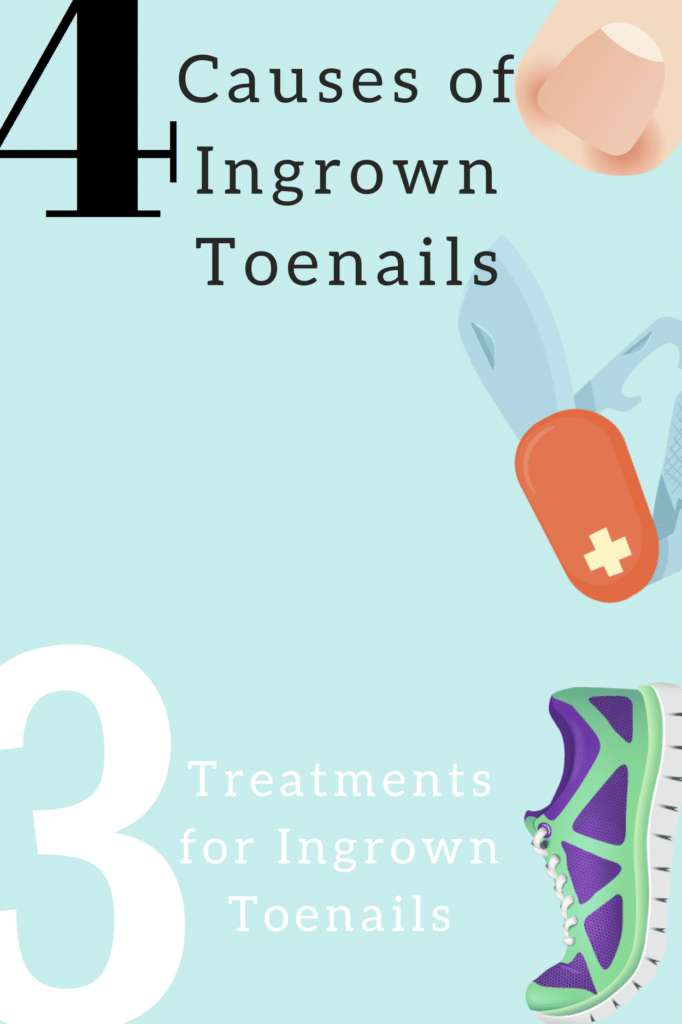Ingrown Toenails
Their usefulness has become rather debatable over time, but toenails are responsible for protecting the tender tops of our toes. When a nail becomes ingrown, though, it can cause more problems than it prevents. At The Kansas Foot Center, we provide treatment for many different conditions that cause pain or otherwise impact the health of your feet, including both conservative and surgical options for ingrown toenails and ingrown tonail removal.
Ingrown Nail Symptoms
An ingrown toenail condition is marked by the side or corner of a nail growing into the soft flesh that surrounds it. This can lead to such symptoms as pain, swelling, redness, and even a potential nail infection. Whereas this condition can technically happen to any of the toes, it is most likely to be experienced by the big toe. In the event that you notice pus or redness that spreads, or are having severe pain in the area, it is important to make an appointment with one of our Kansas offices for professional treatment as soon as possible.
Causes of Ingrown Toenails
There are several common causes for nails that become ingrown, including:
- Improper Nail Trimming – Patients who trim their nails too short have a greater rate of an occurrence of ingrown nails, than do those who clip them straight and keep the nails even with the edge of their toes.
- Ill-Fitting Footwear – Shoes that fit poorly create or contribute to a host of issues, including this one. Footwear that is too tight crowds the toes together, which makes it more likely that ingrowing will take place.
- Physical Trauma – Dropping something heavy onto your foot increases your risk of developing this condition.
- Inherited Structure – Nails that are unusually curved are more likely to become ingrown than those that feature a more typical shape.
Ingrown Toenail Treatment
The best place to start with treating ingrown toenails is with home care. Soak your feet for 15-20 minutes in warm water to soften the nail tissue.This will relieve tenderness and can reduce swelling.
When home treatment is insufficient, professional treatment options can include proper nail trimming education, Physician Nail Trimmings or surgical procedures. Surgical options we may use include temporary resection and removal of the affected nail corner or edge, detachment of the nail or offending nail border, or permanent elimination of the entire nail or offending nail border (matrixectomy).
A matrixectomy is the destruction or removal of the cells from which the nail grows (the nail matrix). This is located at the base of the toenail, under the skin. This particular procedure can be done surgically by dissection, chemically, or electrically. We typically reserve these procedures for chronic or recurrent situations.
Preventing Ingrown Nails
Prevention is much better than having to treat a condition, especially when the steps are relatively easy and straightforward. For ingrown toenails, this entails:
- Proper Nail Trimming – When clipping your nails, be sure to keep them even with the edge of the toes.
- Footwear that Fits – When buying shoes for yourself or loved ones, make sure they are not tight in the front and have enough room that toes can wiggle freely.
- Protect Your Feet – If your job requires frequently moving heavy items, invest in a pair of safety shoes or steel-tipped work boots.
Kansas Ingrown Toenail Treatment
You don’t have to live with the pain and discomfort that an ingrown toenail can cause. Instead, simply reach out to our professionals here at The Kansas Foot Center and let us handle it for you. Contact us for more information by calling (866) 222-5177 or schedule an appointment at either of our Kansas offices (Wichita and Newton) online today if you need treatment.

